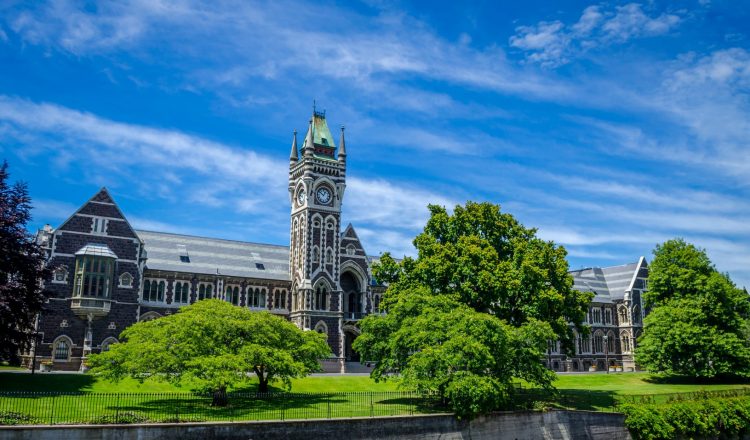小学和中学
考虑学校时,需要注意许多细微的差异。新西兰的大多数学校是国立学校,这意味着课程由教育部批准和管理。无论十分评级如何,在新西兰的一所国立学校学习的学生将获得与在另一所州立学校学习的学生非常相似的教育体验。
州立学校
国立学校由政府资助和运营,新西兰公民和永久居民免费。但是,学生和家长应支付文具、制服、教科书和学校旅行费用。
学校可能会要求自愿捐款来补充政府运营资金。
每所国立学校由选举产生的董事会管理,董事会由学校校长、学生父母选出的若干受托人(通常为 5 人)、学校工作人员选出的一名教职员受托人以及中学由学生选出的一名学生受托人组成。国立学校遵循国家课程,必须保持世俗。
国家综合学校
国立综合学校是以前的私立学校,它们选择融入国立教育体系,成为公立学校,但仍保留其特殊性质。它们是 1975 年在当时的私立天主教学校系统几乎崩溃之后成立的。大多数国立合并学校都是天主教,但其他基督教教派、宗教和教育哲学也有代表。
私立学校所有者继续作为所有者继续留下来,并坐在学校的董事会中,以确保保持特殊性格。国立综合学校向家长收取 “出勤费”,以支付仍然私有的土地和建筑物的费用。天主教学校的公民和居民的通常出勤费每年介于 240 美元至 740 美元之间,非天主教国立综合学校每年 1 150 至 2,300 美元。
私立学校
近 5% 的儿童上私立学校。
一些私立学校同时招收男孩和女孩 (称为男女同校或 “同校”)。其他学校是为男孩或女孩开设的单一性别学校。一些私立学校设有寄宿设施,学生可以在学期内住在那里。
私立学校不是政府资助的,它们按学期或年收取设定的费用。这笔金额通常大约每年 2 万新西兰元。
特许学校
特
许学校是国家资助的学校,在正常的国家体系之外运作。他们始于 2014 年,有 5 所小学。特许学校不必在任何注册或训练有素的教师的情况下运作。教师不必拥有当前的执业证书。他们不必有校长。他们可以从盈利中受益。他们不必遵循国家课程。
家庭教育
在新西兰,家庭教育(也称为家庭教育)是一种选择。
想在家里教育孩子的家长和照顾者需要首先获得当地教育部办公室的批准。
如果你获得家庭教育的批准,你将获得注册学校的免注册证书。这表明您对提供、监督和监控孩子的学习计划负有法律责任。
如果您想在家教育多个孩子,则需要为每个孩子提供单独的豁免证书。
学校纪律
在新西兰,孩子们将在学校感到舒适和安全。在新西兰,任何人使用武力惩戒儿童是非法的。父母只能使用武力来防止孩子受到伤害。教师在任何情况下都不得使用武力,因此不允许对儿童进行体罚,例如打伤、拐杖、捆扎等。学校的惩罚通常包括额外的家庭作业或放学后迟到在教师的监督下做任务。
学校里的午餐
在新西兰,很少有学校能有完整的自助餐厅。大多数学校都会有一家商店出售三明治、沙拉以及饮料。通常预计学生的家长或监护人将为他们提供预先准备好的午餐。
家庭作业
国际学生家长的一个常见抱怨是,新西兰学校没有提供足够的家庭工作。通常,学校每天将设置在 30 分钟到 1 小时的家庭作业之间。许多学生将在学校的空闲时间完成家庭作业,让他们放学后免费。尽管家庭作业很少,但许多学校在音乐、戏剧、体育等领域提供额外的课程课程。一些学校将设立科学和视听俱乐部。这些课程通常在课堂外举办,无论是在午餐时间还是放学后。

















































